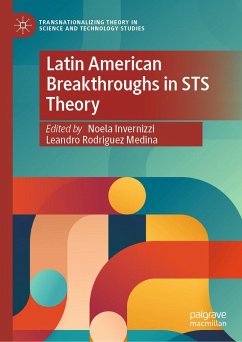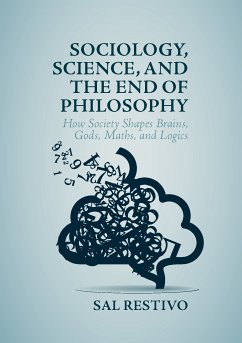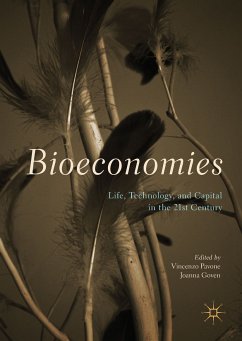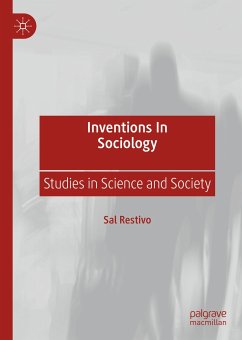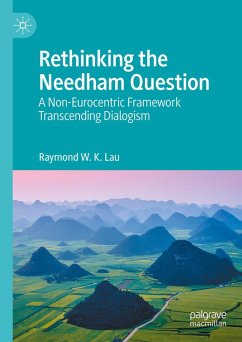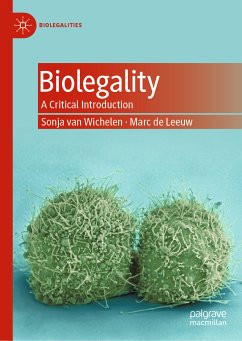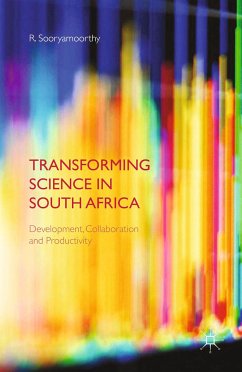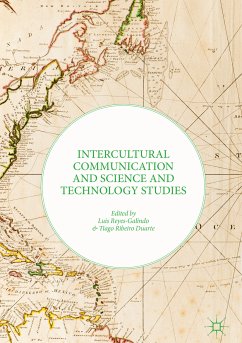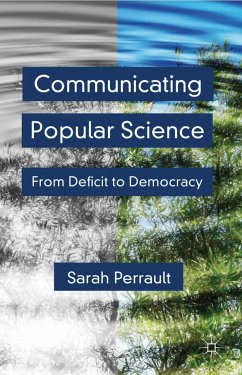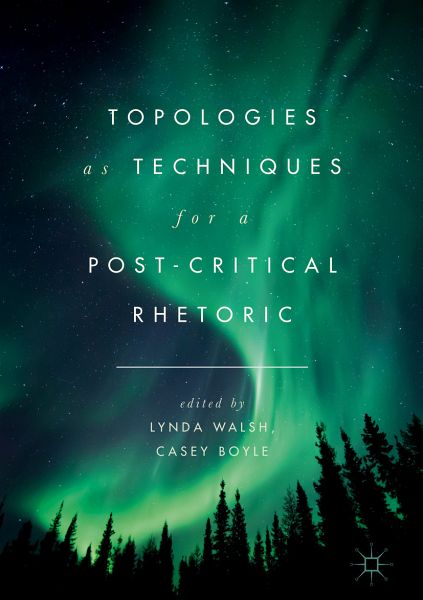
Topologies as Techniques for a Post-Critical Rhetoric (eBook, PDF)
Versandkostenfrei!
Sofort per Download lieferbar
96,95 €
inkl. MwSt.
Weitere Ausgaben:

PAYBACK Punkte
48 °P sammeln!
This book restores the concept of topology to its rhetorical roots to assist scholars who wish not just to criticize power dynamics, but also to invent alternatives. Topology is a spatial rather than a causal method. It works inductively to model discourse without reducing it to the actions of a few or resolving its inherent contradictions. By putting topology back in tension with opportunity, as originally designed, the contributors to this volume open up new possibilities for post-critical practice in "wicked discourses" of medicine, technology, literacy, and the environment. Readers of the ...
This book restores the concept of topology to its rhetorical roots to assist scholars who wish not just to criticize power dynamics, but also to invent alternatives. Topology is a spatial rather than a causal method. It works inductively to model discourse without reducing it to the actions of a few or resolving its inherent contradictions. By putting topology back in tension with opportunity, as originally designed, the contributors to this volume open up new possibilities for post-critical practice in "wicked discourses" of medicine, technology, literacy, and the environment. Readers of the volume will discover exactly how the discipline of rhetoric underscores and interacts with current notions of topology in philosophy, design, psychoanalysis, and science studies.
Dieser Download kann aus rechtlichen Gründen nur mit Rechnungsadresse in A, B, BG, CY, CZ, D, DK, EW, E, FIN, F, GR, HR, H, IRL, I, LT, L, LR, M, NL, PL, P, R, S, SLO, SK ausgeliefert werden.
Alle Preise in Euro und inkl. der gesetzl. MwSt. | Innerhalb Deutschlands liefern wir preisgebundene Bücher versandkostenfrei. Weitere Informationen: bitte hier klicken
Support
Bitte wähle dein Anliegen aus:
Rechnungen
Bestellstatus
Retourenschein
Storno



